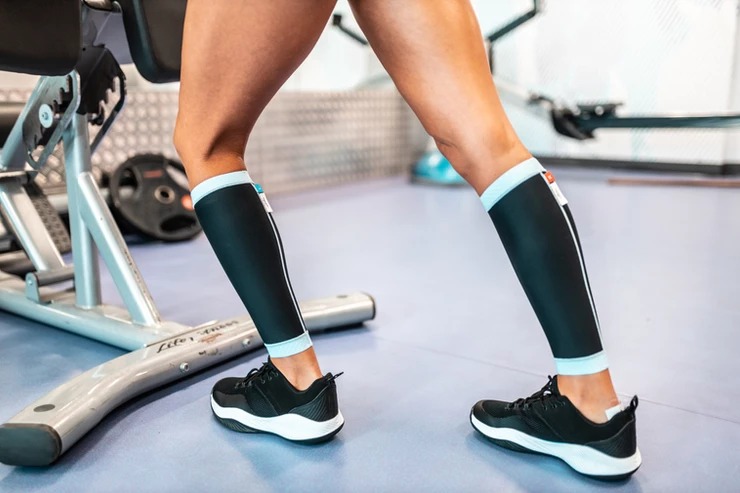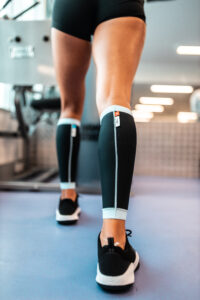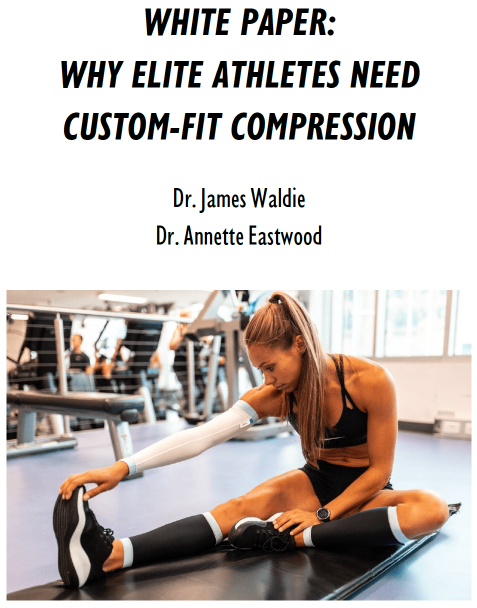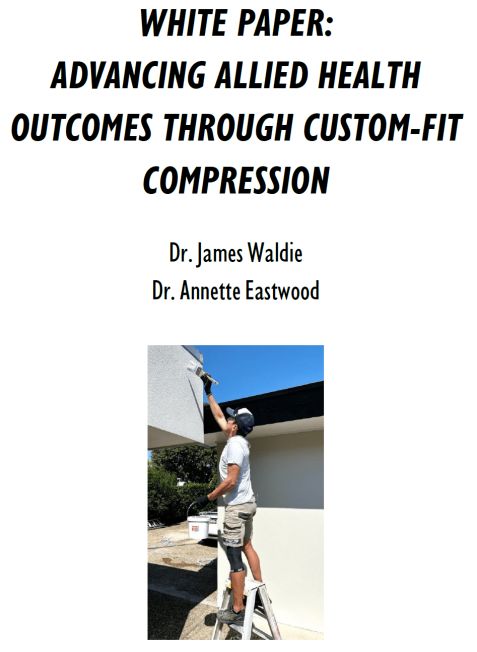Inflatable compression boots and arm sleeves have become a popular tool amongst athletes for improving recovery but what does the science tell us about their effectiveness?
The use of compression originated in the medical industry as a way of treating burns and vascular conditions. Due to the associated physiological benefits of compression, athletes have been using static compression garments to improve recovery by increasing venous return, reducing oedema and reducing muscle soreness. More recently the use of inflatable compression boots and sleeves has become popular and they are perceived to be beneficial for athletic recovery.
These devices use intermittent pneumatic compression (IPC) which is a form of dynamic compression that creates a high level of compression through inflatable arm or leg sleeves. These repeatedly inflate and deflate in a sequential order from distal to proximal and therefore creating a squeezing effect on the limb. The pressure that is applied by IPC (80-100 mm Hg) is significantly higher than the maximum that is applied by static compression garments (range ~10-30 mmHg depending on type of garment and compression regime).
Whilst the use of IPC has shown to be effective in the medical industry for the treatment of vascular conditions, there is little evidence to suggest it may be effective for athletes in recovery from training.
In a study investigating the use of IPC in triathletes, 30 minutes of IPC following a 40 min high intensity cycling bout did not improve subsequent 5km run performance more than passive rest. It was concluded that IPC did not enhance recovery and subsequent performance following high intensity cycling (O’Donnell and Driller 2015). Similarly, IPC did not enhance recovery when used for 30 mins between two cycling bouts (Overmayer and Driller, 2018). In another study, the use of IPC in recovery from a 20 mile run did not enhance recovery more than no treatment. (Draper et al., 2020).
There is good evidence that static compression garments can reduce muscle soreness and creatine kinase levels following exercise induced muscle damage (EIMD). However, the same benefits are not shown with IPC. A number of studies have investigated the effect of IPC on muscle soreness in marathon, ultramarathon runners, triathletes and cyclists, these studies concluded that IPC is not an effective means of reducing EIMD in endurance athletes (Stedge and Armstrong 2021). It was concluded that IPC may provide immediate short-term reduction in perception of muscle soreness, however it does not provide any continued benefit beyond the immediate post treatment phase (Stedge and Armstrong 2021).
From a practical perspective, there are advantages of using static compression garments over IPC. Compression garments can be worn for prolonged periods of time following a training session or a competitive event. In addition, compression garments provide benefits to athletes during travel, particularly long-haul flights to reduce swelling and the risk of deep vein thrombosis. Furthermore, compression garments can be specifically fitted to the individual athlete. CAPE provide custom fitted compression garments based on an athlete’s 3D scan to ensure correct fit and optimal compression regime, so athletes can get greater benefits from compression garments.
Based on the physiological benefits, practical considerations and significantly greater cost of IPC devices, static compression garments may be a more worthwhile investment than IPC for athletes who are looking to use compression to optimise recovery and performance.
REFERENCES:
Overmayer, RG., and Driller, MW. (2018). Pneumatic Compression Fails to Improve Performance Recovery in Trained Cyclists. International Journal of Sports Physiology and Performance, 2018, 13, 490-495.
O’Donnell,S. and Driller, MW. (2015). The effect of intermittent sequential pneumatic compression on recovery between exercise bouts in well-trained triathletes. J Sci Cycling.Vol. 4(3), 19-23.
Stedge,H.L., and Armstrong, K. (2021). The Effects of Intermittent Pneumatic Compression on the Reduction of Exercise-Induced Muscle Damage in Endurance Athletes: A Critically Appraised Topic. Journal of Sport Rehabilitation, 2021, 30, 668-671.
Draper, SN., Kullman, EL., Sparks, KE., Little, K., Thoman, J. (2020). Effects of Intermittent Pneumatic Compression on Delayed Onset Muscle Soreness (DOMS) in Long Distance Runners. International Journal of Exercise Science 13(2): 75-86.





